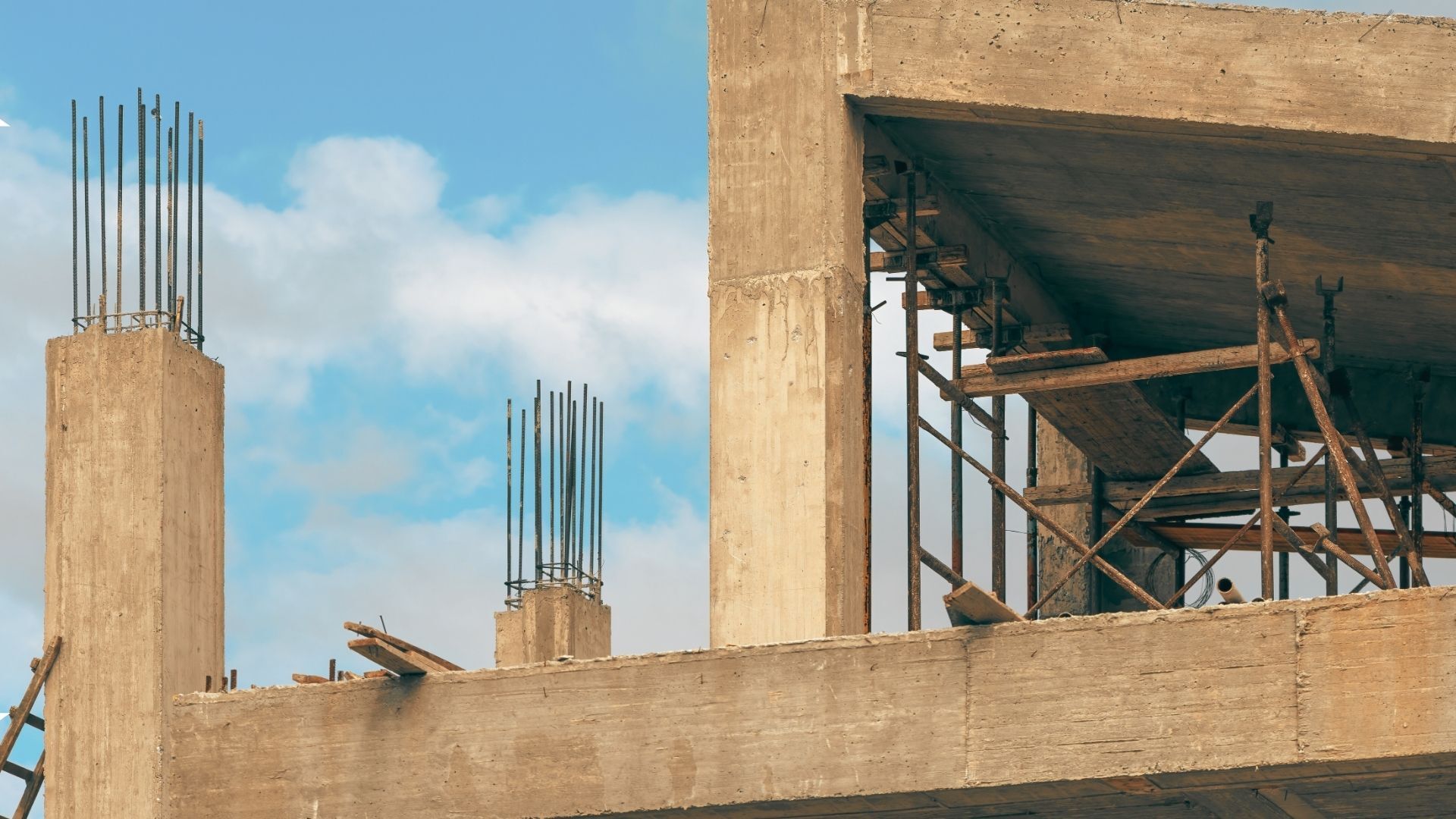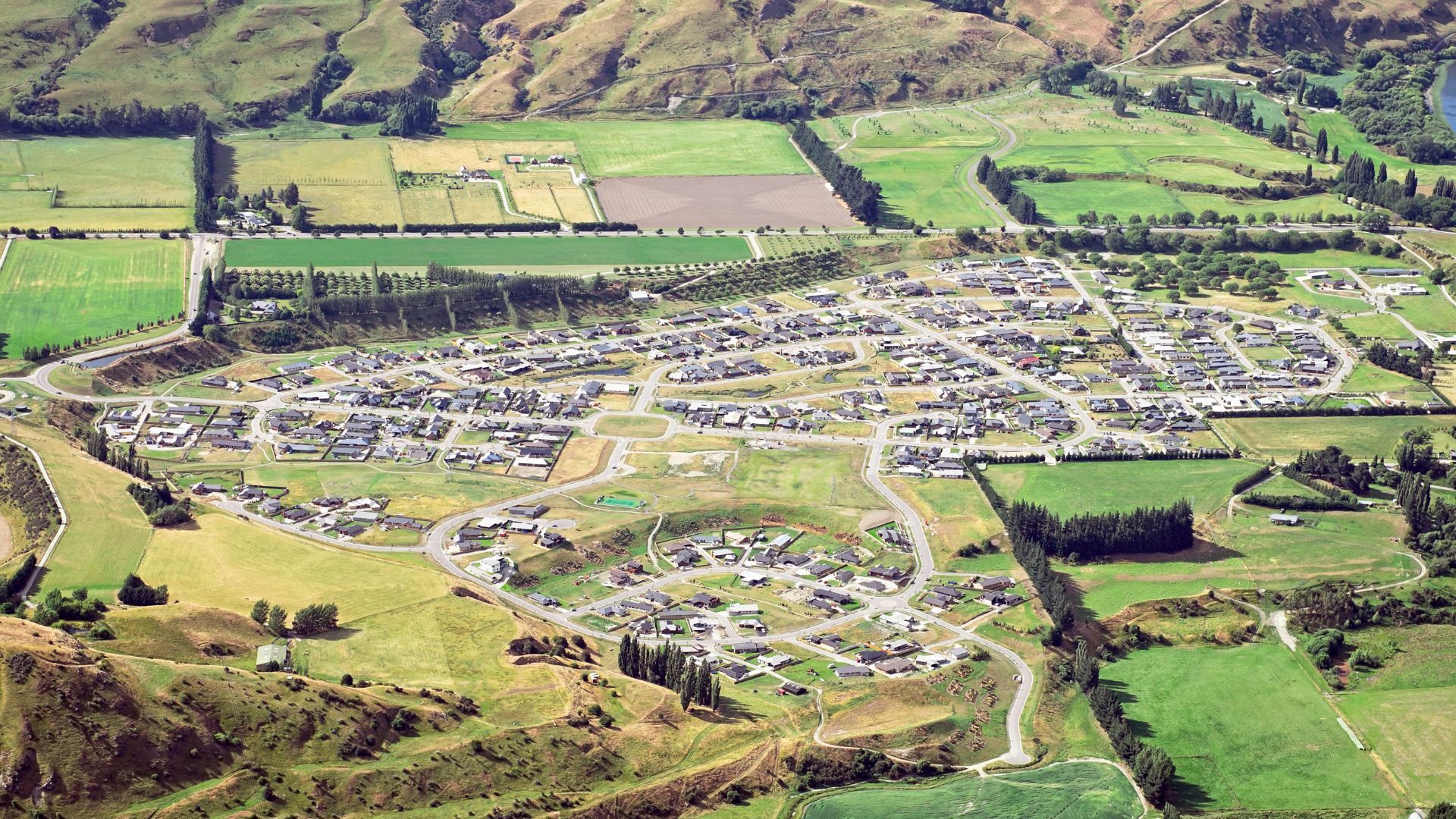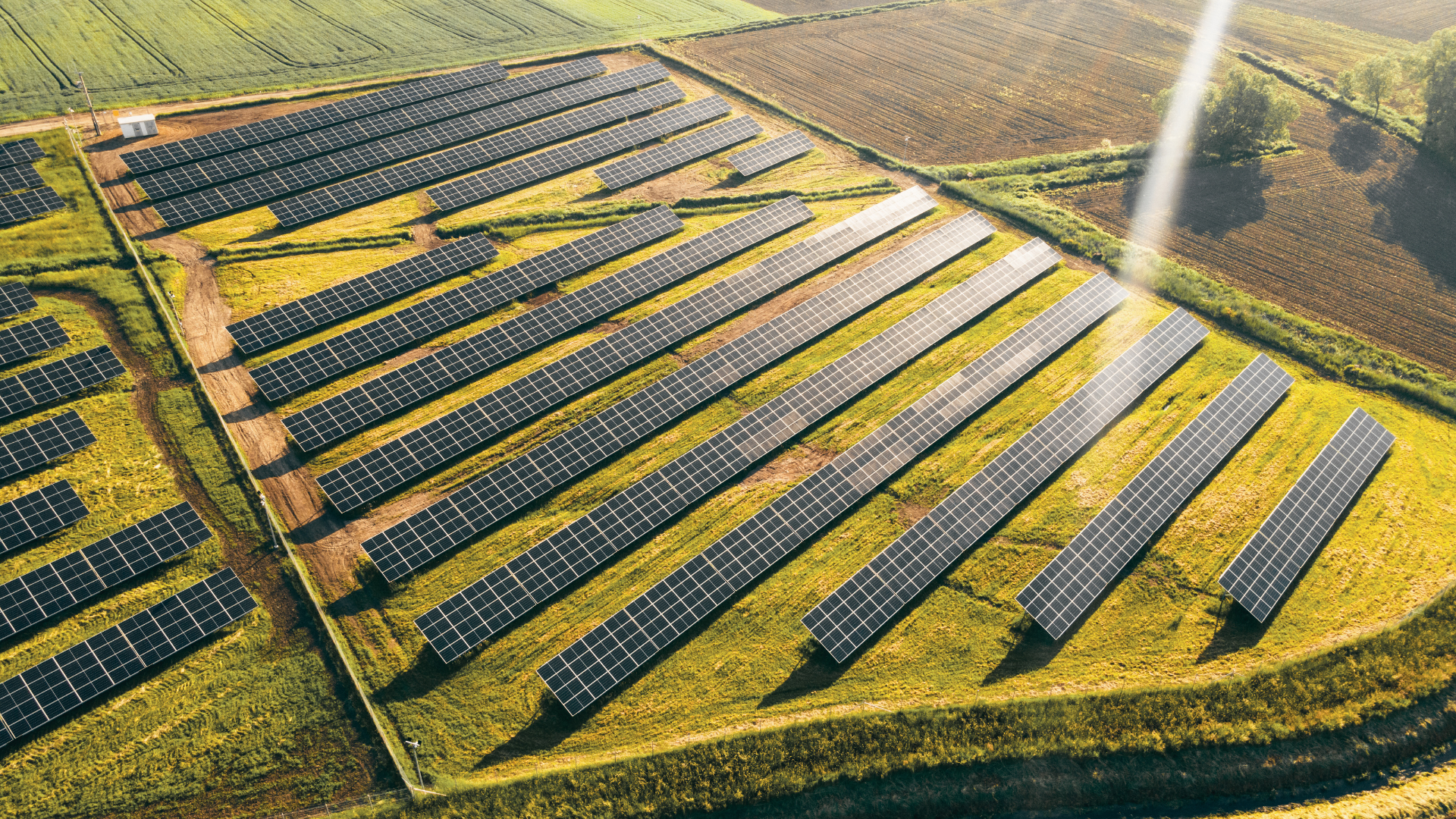Navigating the Crossroads of Policy Ambition and Market Reality
This edition of The Pulse examines a NSW construction sector at a critical juncture, caught between ambitious government housing policies and significant market headwinds.
Overview
The state government is aggressively pursuing planning reforms, including the Transport-Oriented Development (TOD) and Low and Mid-Rise (LMR) programs, to address a structural housing undersupply [14, 10]. These initiatives aim to fast-track approvals and create a substantial pipeline of new homes [14]. However, the industry's ability to deliver is being undermined by persistent challenges. The RBA’s decision to hold interest rates continues to impact project feasibility and buyer affordability [9], while high material costs, labour scarcity, and planning bottlenecks remain significant commercial risks [1, 8].
Amid these pressures, the industry is innovating. We are seeing a rise in landscape-led urban design [5], the emergence of vertical industrial precincts to combat land scarcity [6], and major government investment in critical infrastructure to improve regional connectivity and flood resilience [11, 7]. This edition unpacks these competing forces, providing a legal and commercial analysis of the policies, projects, and market conditions shaping the future of construction in NSW.
Navigating NSW's Housing Supply Push Amid Market Headwinds
The NSW government is doubling down on its commitment to tackle the state's housing crisis, yet the industry faces a complex web of economic and regulatory hurdles. A recent government report acknowledges that NSW has a long way to go to meet its National Housing Accord targets, despite having over 70,000 homes currently under construction [14]. The government's strategy hinges on major planning reforms, including the Transport-Oriented Development (TOD) program, projected to deliver over 231,000 homes, and the Low and Mid-Rise (LMR) policy, targeting 112,000 new dwellings [14].
The Property Council has commended the Inner West Council for its ambition to meet or exceed these state-set targets through its own local plans [10]. However, this policy push is colliding with harsh market realities. Rising financing and construction costs throughout 2024 have eroded the feasibility of many new projects [14], a sentiment echoed by industry surveys highlighting a structural undersupply crisis driven by high material costs and labour scarcity [1].
The RBA’s recent decision to hold the cash rate at 3.85 per cent has exacerbated these challenges, with industry figures arguing it hinders efforts to address the housing crisis by keeping affordability constrained [9]. This is compounded by planning bottlenecks and red tape, which continue to undermine delivery despite strong underlying demand. While planning approvals are reportedly 15 per cent faster than in March 2023, property prices in Sydney have shown renewed growth [14, 9]. In response to the crisis, not-for-profit community housing providers are also stepping up, with government-backed projects in Lismore and Goonellabah aiming to provide crucial social and affordable housing [12].
The Evolving Regulatory Landscape: From Electrification to Local Planning
The regulatory environment for NSW construction is becoming increasingly complex, with significant policy shifts at both state and local government levels. A landmark move by the City of Sydney will see the mandating of all-electric systems in new residential and large commercial buildings from 2027, with initial rules for indoor appliances starting in 2026 [4]. This policy, aimed at reducing fossil fuel reliance and energy costs, aligns with the NSW Sustainability State Environmental Planning Policy (SEPP) and signals a major compliance shift for developers, who must now redesign projects to avoid gas infrastructure entirely [4]. This local initiative reflects a broader trend of councils imposing specific development conditions. In Orange, for example, recent approvals for multi-million dollar projects came with stipulations on aesthetic details like door colours and landscaping choices, as well as the mandatory submission of a detailed construction management plan for a project near a busy intersection [2].
These local-level controls are unfolding alongside sweeping state-led reforms. The NSW government is actively implementing its LMR and TOD policies to boost housing supply [14]. The establishment of a new Housing Delivery Authority is intended to streamline approvals for major projects, reducing the burden on local councils [14]. The success of such state-level interventions is being watched closely, with industry bodies in other jurisdictions pointing to the "successful NSW model" of a Housing Delivery Taskforce as a potential solution for their own planning bottlenecks [8]. For developers and builders, this multi-layered regulatory system demands constant vigilance and the ability to adapt to both broad state mandates and granular local council requirements.
Infrastructure and Innovative Development Models Reshaping NSW
Significant government investment in infrastructure and the emergence of innovative private development models are actively reshaping the physical and economic landscape of NSW. In Western Sydney, the $500 million New Richmond Bridge project has commenced, with BMD Constructions awarded the contract for Stage 1 works, including new roundabouts and a flood-resilient creek crossing, set for completion in late 2026 [11]. Similarly, a $13.1 million joint federal-state funded project to replace the Spring Creek Bridge west of Narrabri is progressing, enhancing road safety and freight efficiency on the Kamilaroi Highway [7]. These projects not only create a pipeline of work for contractors and local suppliers but also deliver long-term economic benefits through improved connectivity and resilience [7, 11].
In parallel, the private sector is responding to urban pressures with new development typologies. In Marrickville, TOGA Group’s $60 million, four-storey "MADE" project exemplifies the shift towards vertical industrial spaces to combat inner-city land scarcity [6]. This model, which integrates flexible workspaces for diverse small businesses, is projected to account for 15% of new industrial stock by 2027 [6]. The role of design is also evolving, with landscape architects now taking a leading role in major city-shaping projects to integrate green infrastructure and "nature-positive" elements from the outset [5]. This "ground up urbanism" is evident in numerous Sydney projects, from the Darling Harbour residences to the Macquarie Street East precinct redesign [5]. This trend is also visible in the seniors living sector, with developments like "The Cambridge" offering high-density, amenity-rich vertical retirement communities [13].
Takeaways
Proactive Engagement with Evolving Planning Controls is Non-Negotiable
The current NSW development landscape is defined by rapid and multi-layered regulatory change. Developers and builders must move beyond reactive compliance and adopt a strategy of proactive engagement with both state and local planning frameworks. The state government's housing reforms, including the Transport-Oriented Development (TOD) and Low and Mid-Rise (LMR) policies, are creating new obligations and opportunities under the Environmental Planning and Assessment Act 1979 [14, 10].
Simultaneously, local councils are exercising significant authority through Development Control Plans (DCPs). The City of Sydney’s all-electric mandate is a prime example, creating new design and compliance requirements that will be enforced through DA conditions [4]. Similarly, regional councils are imposing specific aesthetic and traffic management conditions on approvals [2]. Failure to anticipate these evolving controls presents a major commercial risk, potentially leading to costly redesigns, project delays, and disputes. A robust due diligence process must now include a thorough analysis of both state-level SEPPs and local council DCPs and strategic plans.
Contractual Risk Management in a High-Cost Environment
The combination of rising construction costs [14], labour scarcity [1], and interest rate uncertainty [9] creates a high-risk commercial environment. It is critical for all parties in the construction chain—developers, builders, and subcontractors—to implement rigorous contractual risk management. Standard contracts may be insufficient to address current volatility. Principals and contractors should consider bespoke clauses for cost escalation, clearly defining triggers and methodologies for price adjustments to avoid ambiguity. Supply chain risks must be managed through clear provisions for extensions of time and delay costs, specifying liability for material shortages or delivery disruptions.
Proactive and transparent communication protocols should be embedded in contracts to facilitate early resolution of issues. This disciplined approach to contract drafting and management is essential for preserving project viability and avoiding costly disputes that could otherwise lead to adjudication under the Building and Construction Industry Security of Payment Act 1999 (NSW).
Navigating the Legal Frameworks of New Development Typologies
The rise of innovative development models, such as vertical industrial estates [6] and integrated retirement communities [13], requires a sophisticated understanding of niche legal frameworks beyond standard residential or commercial construction. For multi-storey industrial projects like MADE Marrickville [6], developers and purchasers must navigate complex strata title laws, particularly concerning the management of common property, shared facilities like vehicle access ramps, and usage rights. The legal structure must be carefully crafted to accommodate a mix of commercial and industrial uses.
For vertical retirement villages like The Cambridge [13], projects are governed by the Retirement Villages Act 1999 (NSW), which imposes specific requirements on contracts, disclosure statements, and operational management that differ significantly from standard property law. Legal teams must ensure full compliance with these specialised regulations to mitigate risks related to resident contracts, ongoing service charges, and exit entitlements.
Final Thoughts
The NSW construction industry is navigating a period of intense pressure and profound change. While government ambition to accelerate housing supply is clear, the path to delivery is fraught with economic and regulatory complexities. The persistent challenges of cost inflation, financing hurdles, and planning delays demand resilience and strategic adaptation from all industry players.
Success in this environment will belong to those who can effectively manage risk through robust contractual arrangements and stay ahead of the curve on evolving planning controls, from state-wide housing policies to local sustainability mandates. The concurrent rise of innovative development models and major infrastructure investment provides a strong counter-narrative of opportunity and growth. Ultimately, adaptability and a deep understanding of the commercial and legal landscape will be the key determinants of success in the years ahead.
[1]. Property Update | by Michael Yardney 6 July 2025, 12:00am AEST. (6 July 2025). The 9 Biggest Influences on Our Property Markets in 2025 and Beyond. https://propertyupdate.com.au/the-9-biggest-influences-on-our-property-markets-in-2025-and-beyond/
[2]. by Riley Krause 5 July 2025, 5:30am AEST. (5 July 2025). The three multi-million dollar projects that received council approval this week. https://www.dailyliberal.com.au/story/9008748/orange-city-council-approves-major-developments/
[3]. Paddington Today | 4 July 2025, 6:58pm AEST. (4 July 2025). Urban Village Decline in Kelvin Grove Raises Concerns for Traders and Residents. https://paddingtontoday.com.au/urban-village-decline-in-kelvin-grove-raises-concerns-for-traders-and-residents/
[4]. ECD (Electrical+Comms+Data) | 4 July 2025, 1:48pm AEST. (4 July 2025). City of Sydney plans all-electric future. https://www.ecdonline.com.au/content/efficiency-renewables/news/city-of-sydney-plans-all-electric-future-1629056703
[5]. Domain | by Sue Williams 4 July 2025, 5:59am AEST. (4 July 2025). Landscape architects take the lead in Australia’s city-shaping projects. https://www.domain.com.au/news/landscape-architects-take-the-lead-in-australias-city-shaping-projects-1397276/
[6]. Commercial Real Estate | by Kirstan Ross 3 July 2025, 11:57am AEST. (3 July 2025). Creative tenants move into new Marrickville development redefining inner-city industrial space. https://www.commercialrealestate.com.au/news/new-marrickville-development-redefines-inner-city-industrial-space-1397184/
[7]. The Narrabri Courier | 3 July 2025, 11:49am AEST. (3 July 2025). Major step for new Spring Creek Bridge. https://narrabricourier.com.au/2025/07/03/major-step-for-new-spring-creek-bridge/
[8]. Property Council of Australia. (3 July 2025). ACT Confidence Holds, But Rates and Red Tape Continue to Undermine Delivery. https://www.propertycouncil.com.au/media-releases/act-confidence-holds-but-rates-and-red-tape-continue-to-undermine-delivery
[9]. The Urban Developer | by Leon Della Bosca 8 July 2025, 4:51pm AEST. (8 July 2025). RBA Surprises Market with Decision to Hold Rates. https://www.theurbandeveloper.com/articles/rba-rate-hold-july-industry-reacts
[10]. Property Council of Australia | 9 July 2025, 11:50am AEST. (9 July 2025). Submission – Inner West Council’s Our Fairer Future Plan. https://www.propertycouncil.com.au/submissions/submission-inner-west-councils-our-fairer-future-plan
[11]. Felix Project | by Monica Gameng 8 July 2025, 12:00pm AEST. (8 July 2025). Major contract award to kickstart Stage 1 of New Richmond Bridge Project. https://www.felix.net/project-news/major-contract-award-to-kickstart-stage-1-of-new-richmond-bridge-project
[12]. Lismore App | 7 July 2025, 8:01pm AEST. (7 July 2025). Anglicare North Care to build boarding house in Goonellabah. https://lismoreapp.com.au/NewsStory/anglicare-north-care-to-build-boarding-house-in-goonellabah/6864cd144f7764002eea180e
[13]. Parra News | by Partner Content 7 July 2025, 9:45am AEST. (7 July 2025). A new era of retirement living. https://www.parranews.com.au/2025/07/a-new-era-of-retirement-living/
[14]. The Young Witness | 6 July 2025, 7:00pm AEST\nBy DAN RYAN. (6 July 2025). State of the Housing System report: a long way to go. https://www.youngwitness.com.au/regional/state-of-the-housing-system-report-a-long-way-to-go
The Pulse collates the latest news and opinions from third-party sources. Links, snippets or text are generated by an artificial intelligence engine. The Pulse aggregates news reports and does not claim to have copyright to the content. We have not fact-checked that content and cannot vouch for its accuracy or completeness. Nor do we endorse the opinions expressed by the authors or primary publishers. The content is provided as general information only and should not be relied on as a substitute for professional advice. You should contact the source to verify any factual content as well as taking specialist advice that takes your personal objectives and circumstances into account.




.png)
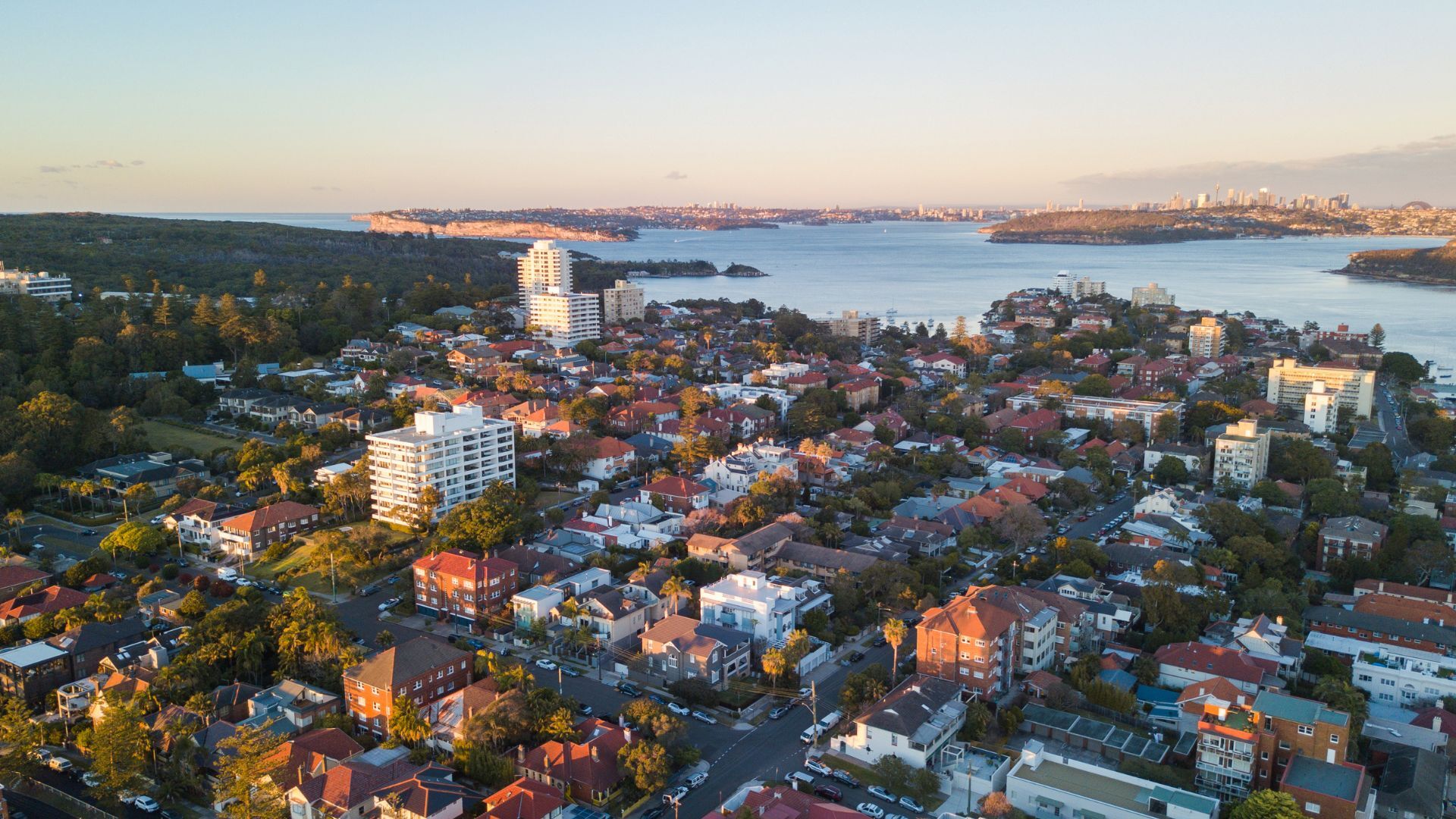
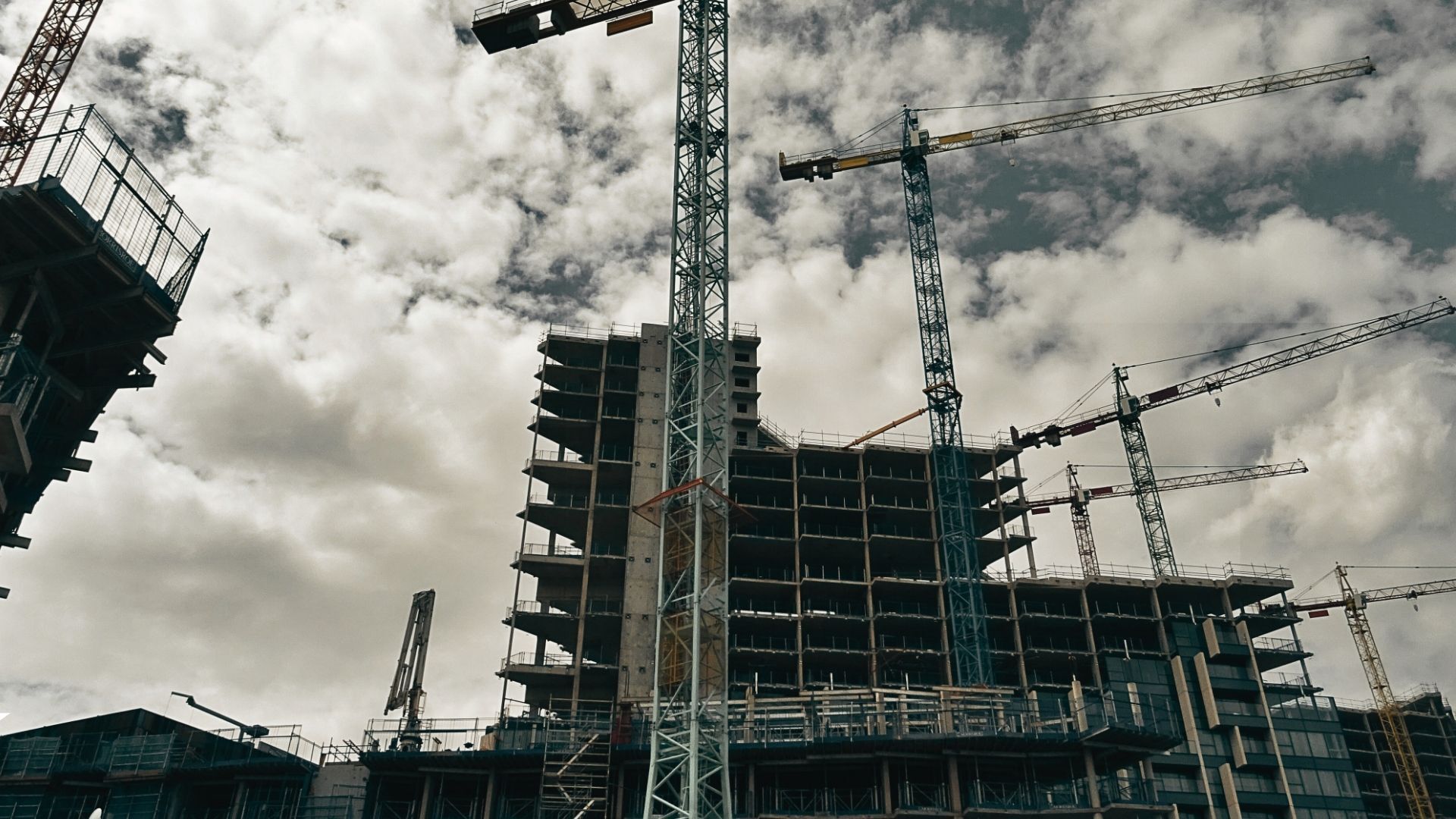
.jpg)

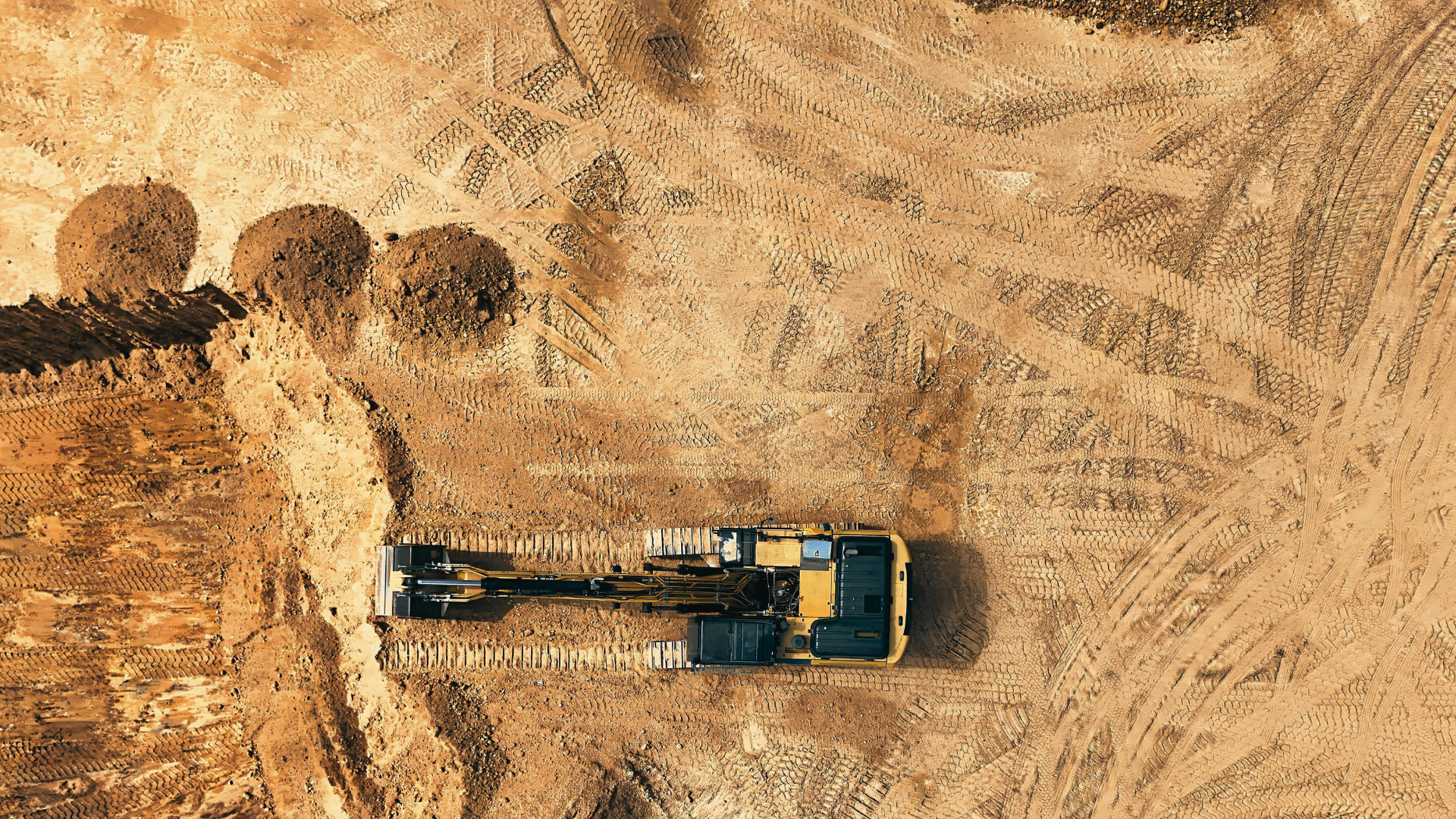
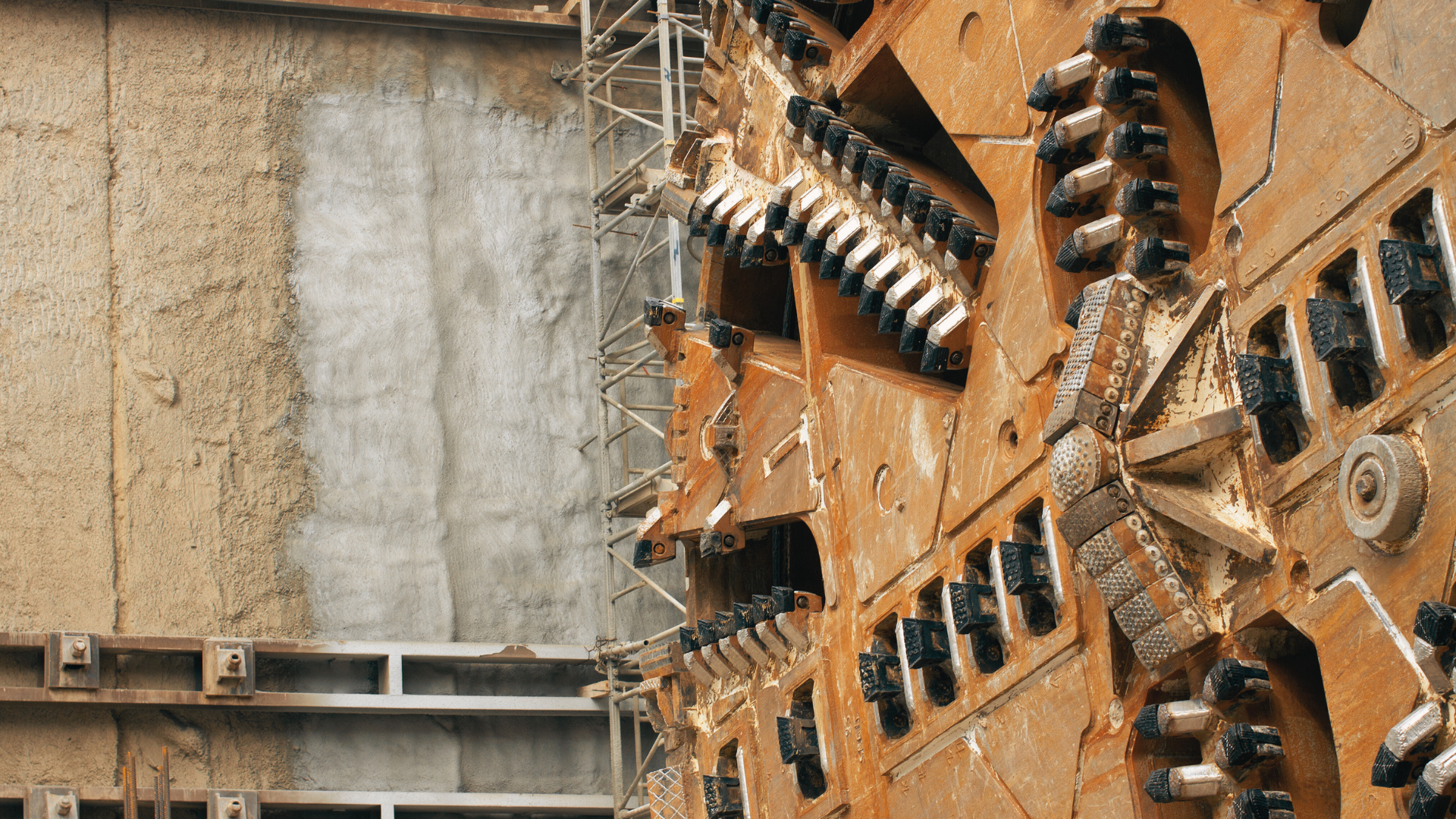
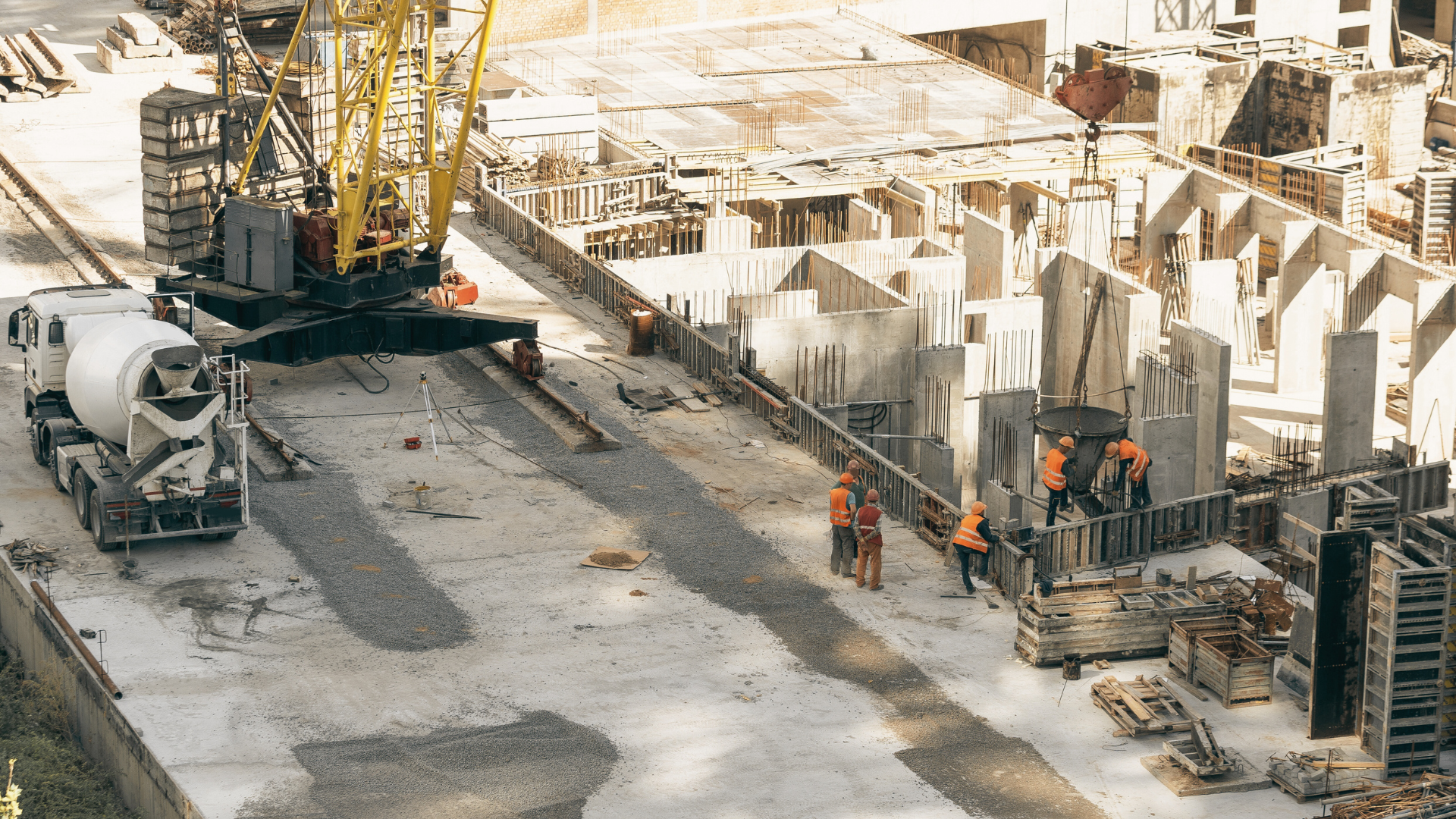
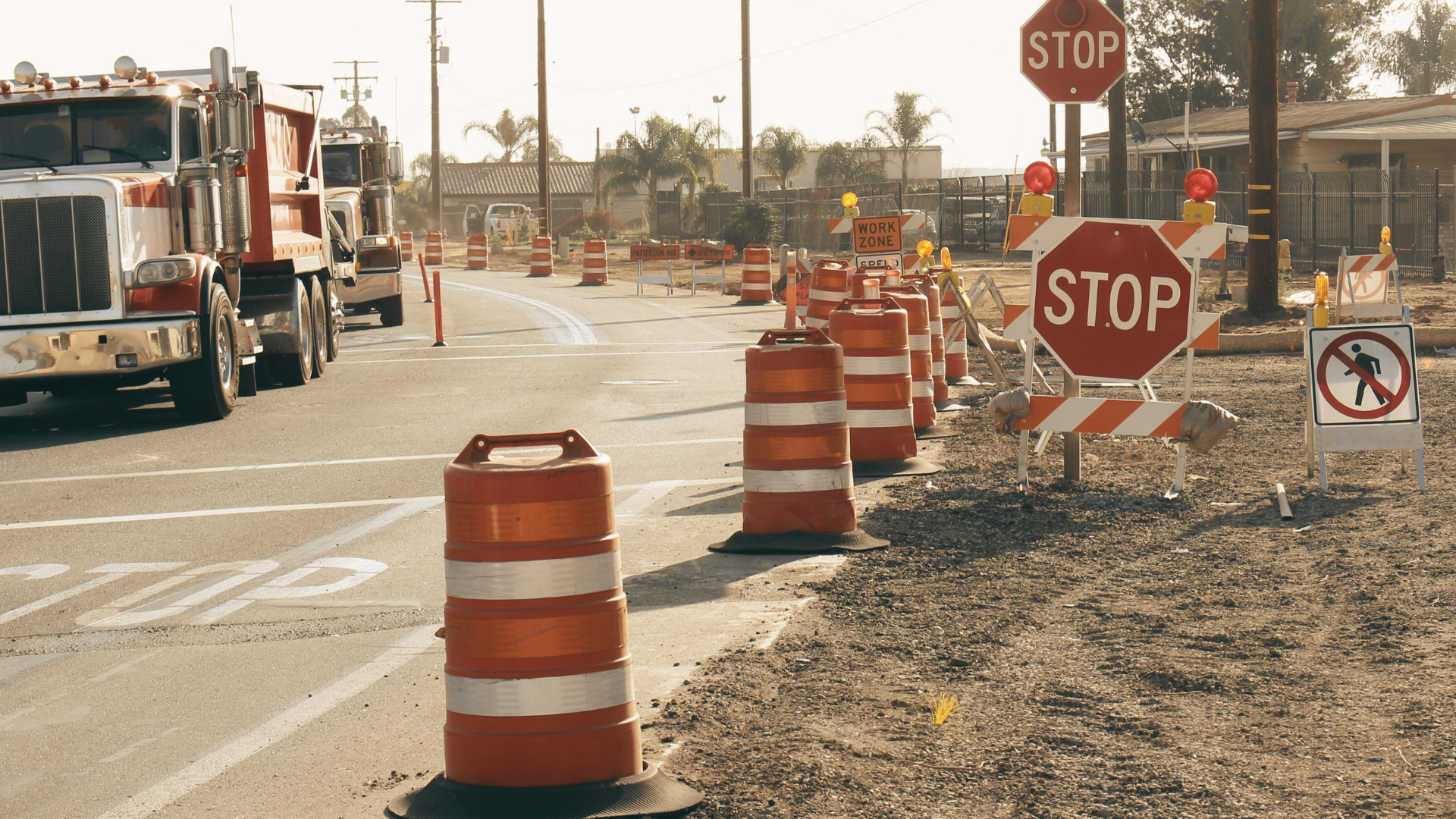


.jpg)
-1.jpg)

